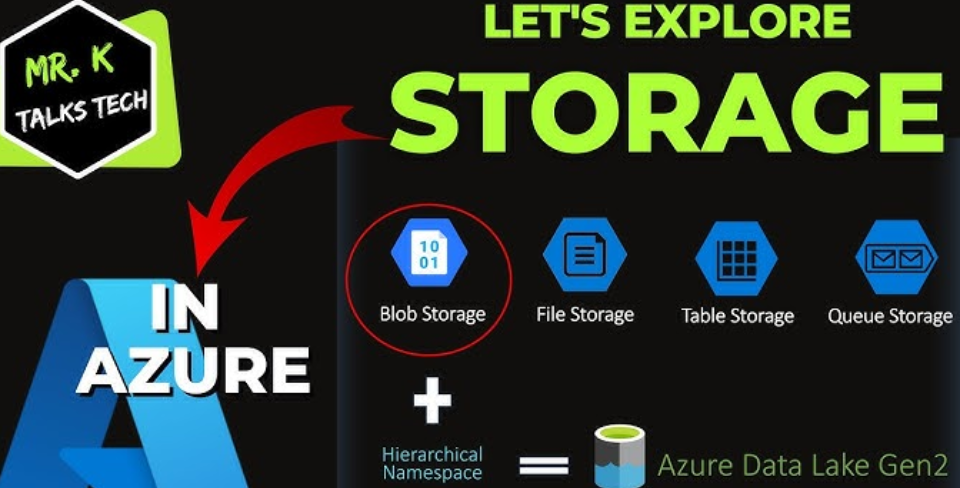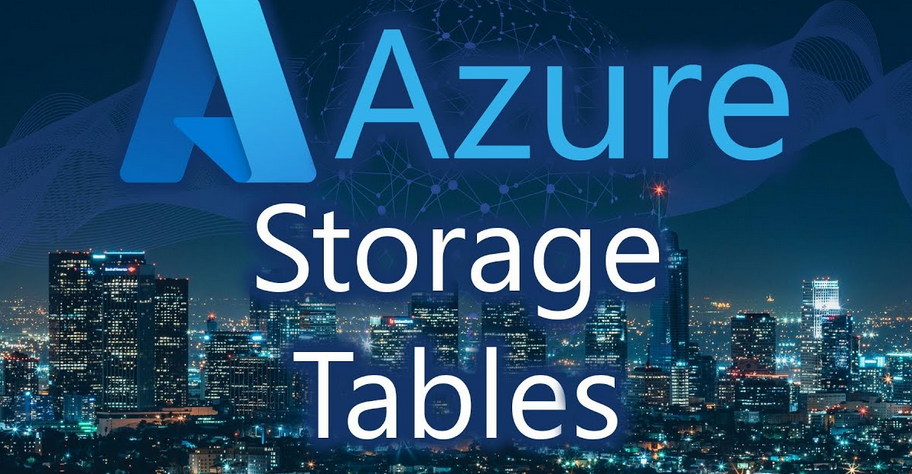Complexity of communication channels
In a monolithic system, the components are tightly coupled, and communication happens within the same system memory. However, in a microservices architecture, services often run in different environments, possibly even scattered across multiple servers or clouds. They communicate over the network using APIs or messaging queues. This network-based communication introduces latency and the risk of data breaches if not properly secured. It is like having more doors and windows in our multi-room apartment, each requiring its own lock and security mechanism.
Orchestrating chaos
Managing a microservices architecture is like being a conductor in an orchestra where each musician plays a different instrument. The conductor ensures that everyone plays in harmony. Similarly, in a complex microservices environment, you need an orchestrator such as Kubernetes to manage the services, ensure they communicate correctly, and keep the system running smoothly. Without proper orchestration, the services can fall out of sync, leading to system failures or security vulnerabilities.
Security implications
The complexity of a microservices architecture inherently increases the attack surface. Each service, its communication channel, and the orchestrator itself can be potential points of failure or exploitation. In our multi-room apartment analogy, each room, door, window, pipe, and wire is a potential security risk. They can be exploited to gain unauthorized access or disrupt the service. Therefore, each element needs to be individually secured, requiring complex access control mechanisms.
In summary, while microservices offer numerous advantages in terms of scalability and flexibility, they introduce a new paradigm of complexity, especially concerning security. Each microservice, its communication channels, and the orchestration layer add variables that need to be managed and secured. This complexity is not just an operational challenge but a significant security concern that requires meticulous planning, robust security mechanisms, and continuous monitoring to mitigate risks effectively.



